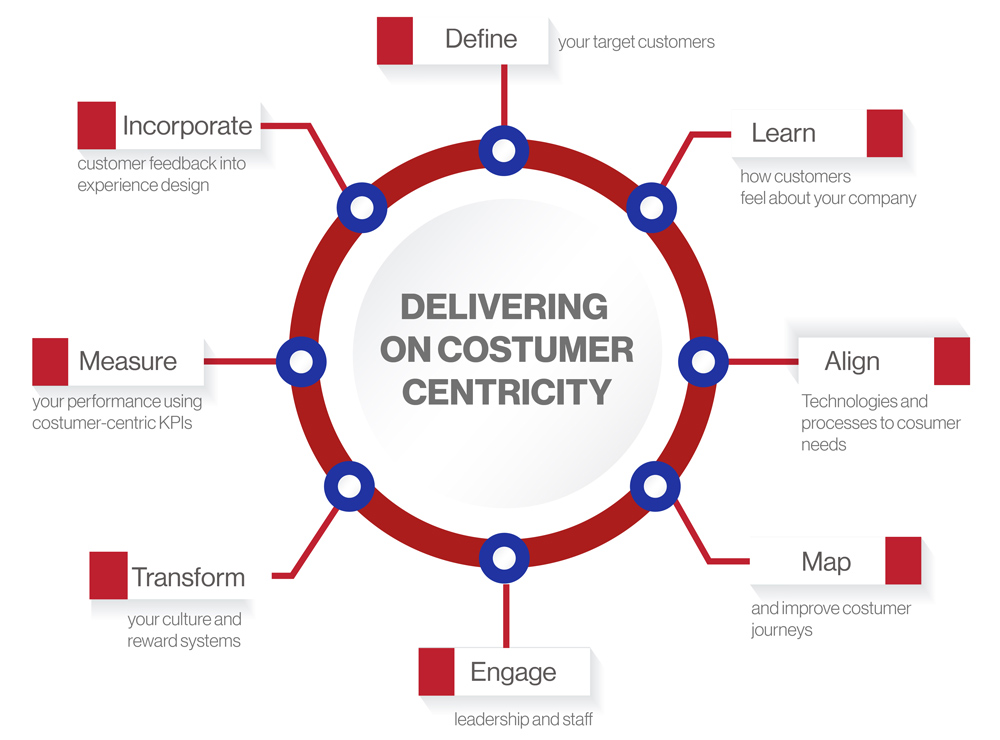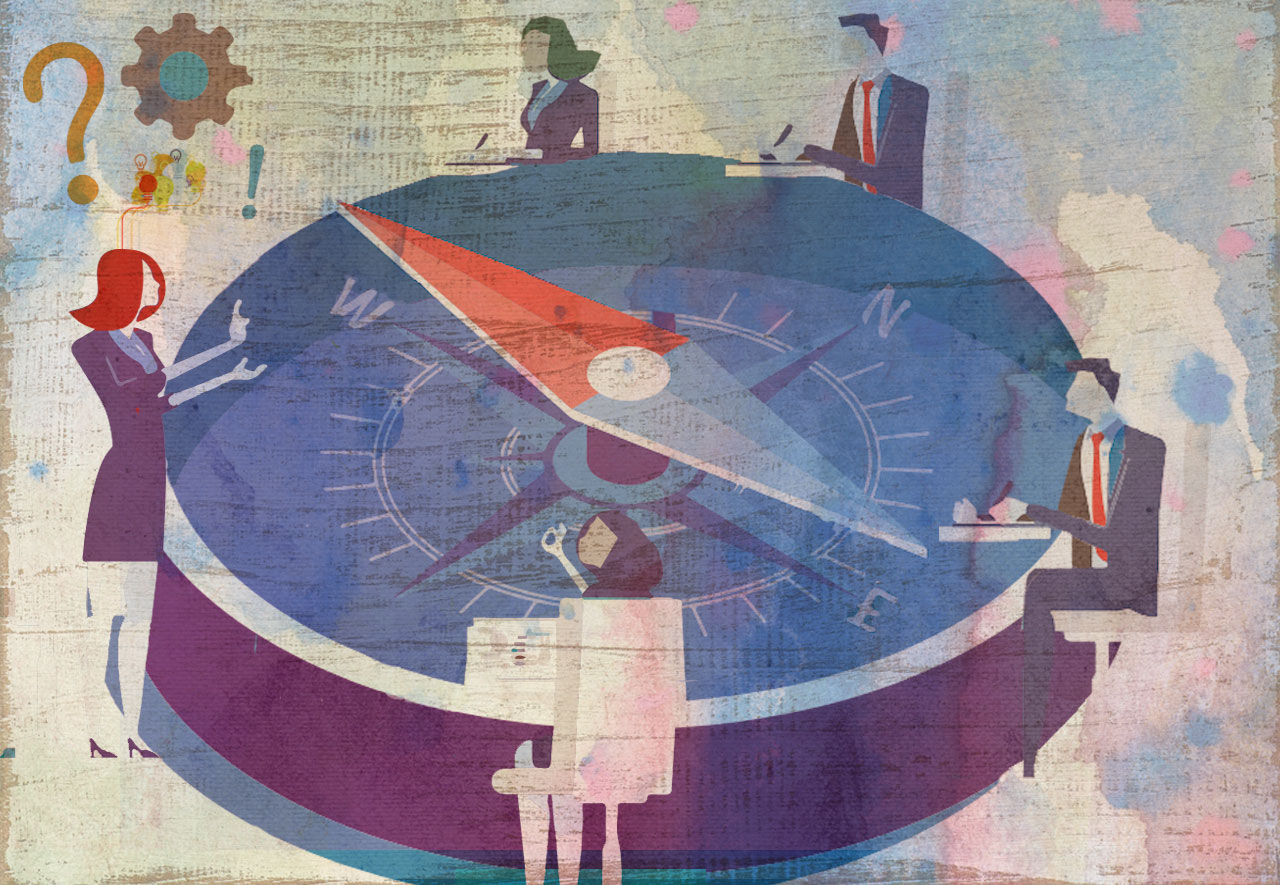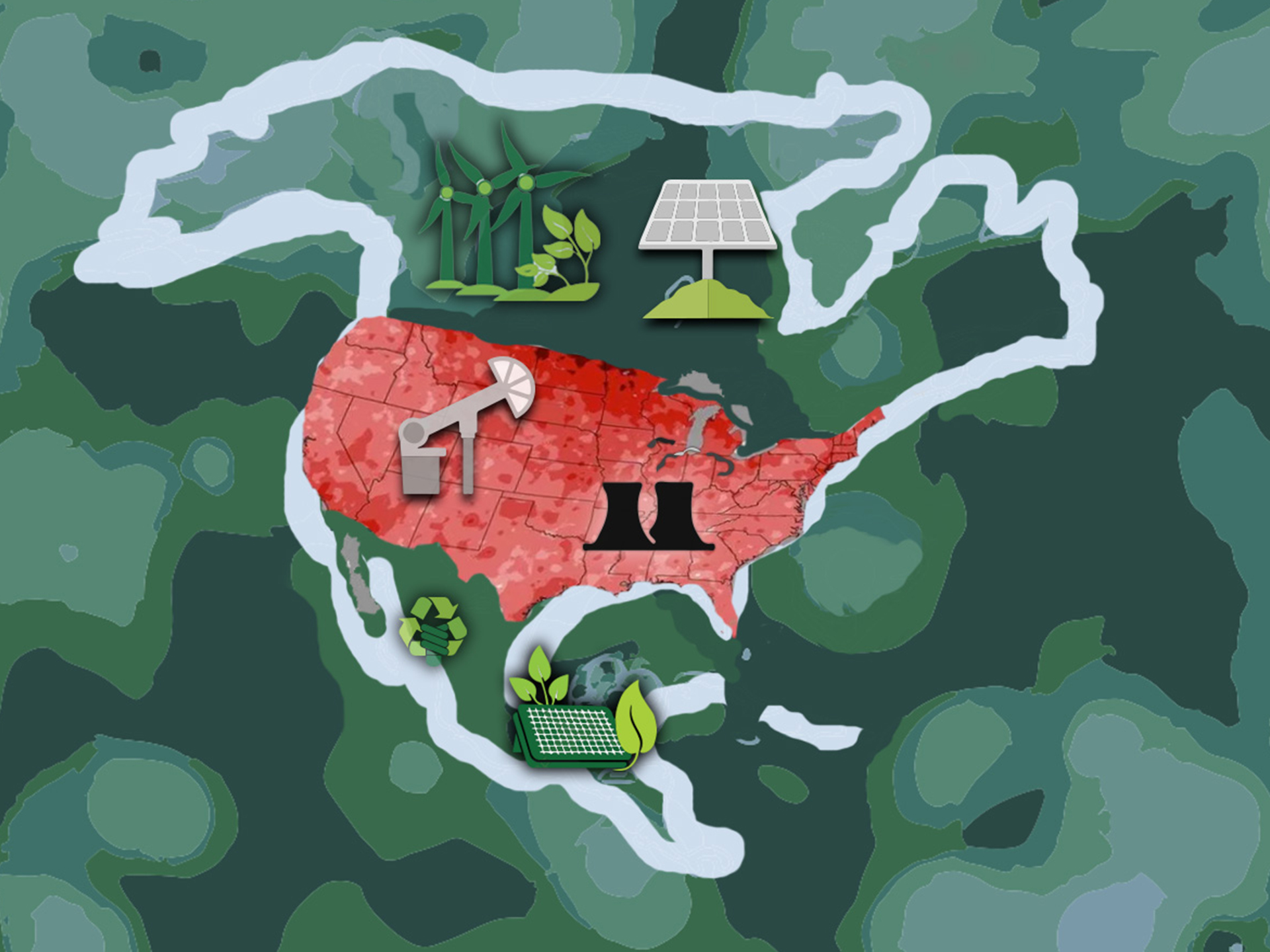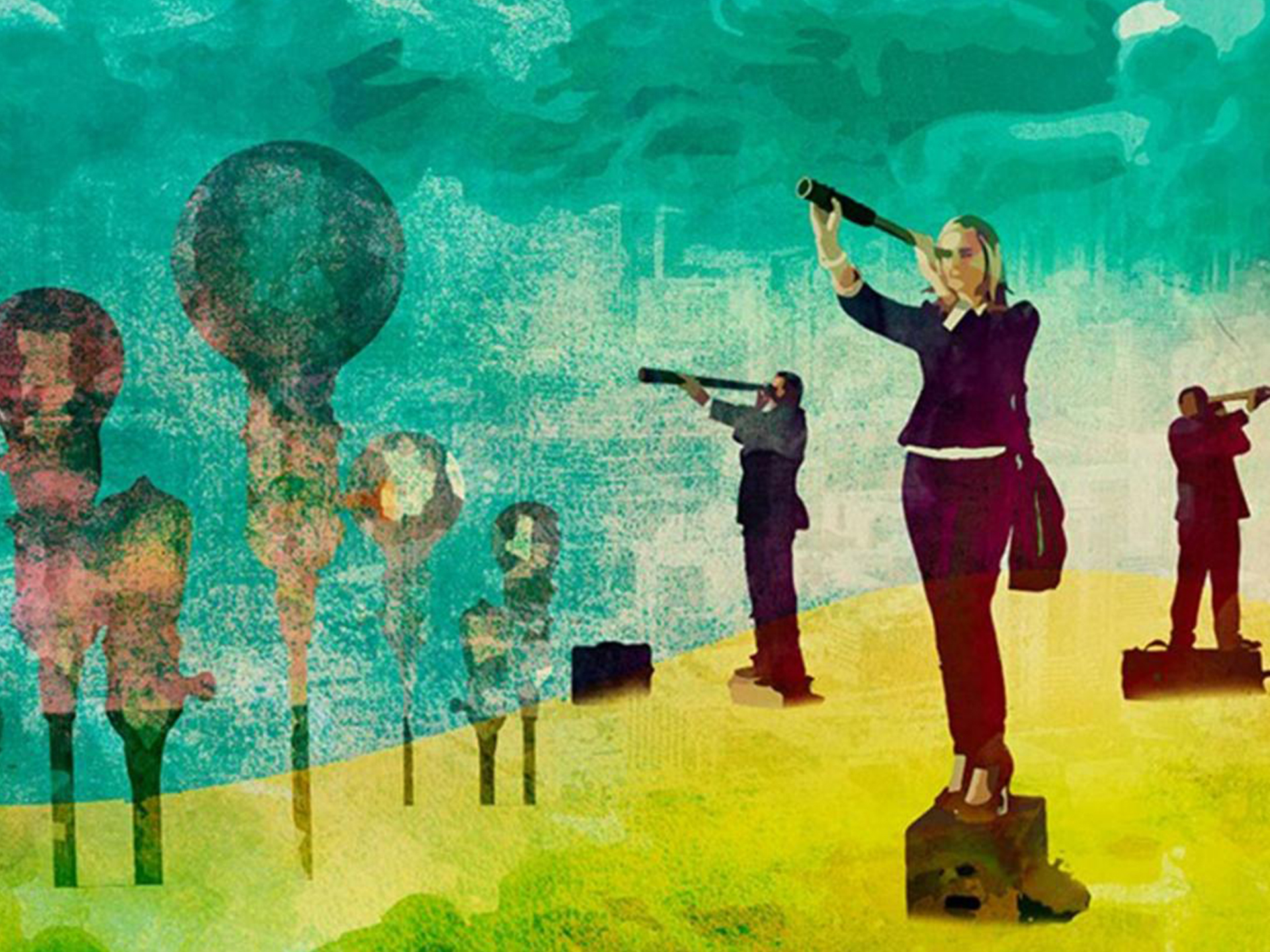Today, the financial services offered by banks benefit from the emerging trends of mobile apps. These apps even drive the emergence of new players in the value chain, including mechanisms to simplify online sales payment, crowdfunding, or raising of capital, which imply higher levels of financial-service adaptation, meaning financial inclusion with social or market purposes.
Technological advances allow organizations to increase their flexibility and decide to what extent within the value chain banking services offered may be performed by a third party; in other words, banking institutions can decide to focus on what they consider essential, indispensable, or strategic, and entrust activities such as design, management, and sales to companies that are not part of the Mexican financial system. These changes have become a catalyst to banking and non-banking access levels, promoting value generation and enabling the participation of new technological intermediaries.
This new reality will be fundamental to Mexico’s National Policy of Financial Inclusion, which is looking for a comprehensive financial system based on six key points: development of knowledge for the effective and responsible use of the financial system; use of technological innovations for financial inclusion; development of financial infrastructure in untapped areas; greater access and use of formal financial services among the neglected and excluded population; more confidence in the financial system through consumer protection mechanisms; and data generation and measurements to assess financial inclusion efforts.
Financial inclusion, how big is the challenge?
In 2012, 56% of the population had access to some type of credit, savings, or insurance product; in 2015, this figure increased to 68%. According to the 2015 National Survey on Financial Inclusion, there are 42.6 million adults who do not have an account in the national financial system; 11 million decided to stop being part of the system, and 31.6 million have never used it.
Of the 11 million former users, 50% canceled their accounts because they stopped working and didn’t need them to receive their salary; 10% had a bad experience with financial institutions; 10% didn’t use their accounts, and 5% was unable to reach the minimum balance required. The data is unequivocal; 24.1 million adults don’t have a financial product, although in 2012, there were 30.9 million non-users.
According to the Treasury Department, financial education and inclusion sustain the social development of the country and help include people with fewer resources in the benefits of the market economy; therefore, it is necessary to consolidate the objectives of the financial reform to achieve an inclusive system with more penetration capacity, to offer better products and services to the entire population.
Technology, a disruptive factor
The path to banking-services simplification involves several unresolved challenges based on the existing relationship between finance and technology, which has generated a new industry known as Fintech. This industry draws on the digital offer of client services while financial institutions manufacture banking services, which represents an unprecedented innovation. A third party deals with the client through a debit or credit card, without necessarily obtaining, lending, or protecting the values; the third party provides only the technological application between clients and the bank. Clients cannot necessarily identify the company, they would recognize only the brand that answers requests through their mobile devices.
As a benefit, bank users receive the convenience of multiple consolidated financial products through a single player, who will try to be more transparent and less expensive, offering a combination of products that can come from different financial institutions, banking or non-banking.
From a regulatory point of view, for new players it is easier to operate because the implementation costs of a banking structure are absorbed by banking financial institutions. It is simpler to create these new companies, because they do not have to comply with legal and leadership-experience requirements, or even the legal mandatory capitalization levels to address the liquidity of the institutions. It is how new providers enter the banking-services value chain without constituting themselves as a bank, and the combination of cooperation between both institutions is beneficial for the client experience.
Besides technology and bank penetration, another change factor is the increasing interconnectivity between industries, which allows communication to be enhanced between banking-service providers and clients, who do not have to visit a bank branch. Also, huge amounts of data can be generated that contribute to the understanding of consumer activities, reducing obstacles to credit access.
For example, the alliance between airlines and financial groups makes it possible for clients of both companies to request during a flight a credit card or a financial product designed exclusively for them. Through these products, companies promote customized packages, combining benefits and gratuities through purchases and travels with the purpose of granting membership; flight attendants deliver the credit application to clients, and the banks receive the information without an additional acquisition cost, since the airline provides direct access to its consumers while they are traveling. Consumers do not commit to two or five different institutions so they can have access to their services; they have contact with only one of them.
It is important to highlight that services are still slow and present certain inconveniences to users; also, the lack of client visits to bank branches has forced institutions to look for new ways of generating a commitment. It reflects a regulations gap for very specific activities, such as telephone calls to users to get them to authorize banking products without a specific verbal agreement, which upsets users and leads to confusion that may result in additional unknown charges.
Lower operational costs due to increased technology use
Along with the heightened development of mobile apps, the economic pressure of the competition is also rising, forcing banks to innovate and continue offering attractive services for clients, maintaining their profitability levels by providing the same value differentiators as the institution.
It is possible due to the increased capabilities of institutions, which, through technological tools, have designed new changes in the value chain to respond to the innovation needs of banking services, because it is necessary to maintain the attention of clients by adapting to their lifestyle, which is trending toward digital technology.
Workflows and processes formerly performed physically by employees at a bank branch are being replaced by digital interfaces that simplify the positioning of a banking product, since digital operation provides business intelligence by capturing all the data generated by the same transactions, so there is an increased knowledge of client behaviors and needs to develop products better and to innovate to create better client experiences.
Results trend toward reducing physical visits to bank branches by providing users with better tools that offer them self-sufficiency in their personal operations from their mobile devices, with automated transactions of programmed payments based on client criteria, such as direct billing, which does not require a frequent action from users because the system makes financial operations automatically through a technological platform.
Beyond the administrative process, the awareness generated in consumers allows them to manage their personal assets better, because they understand their consumption trends, categories, and ratios, according to their priorities, which provides them knowledge about their own financial limits through applications that store their spending and consumption behaviors.
Most innovations are proposed by new players, which allows banks to focus on their strategic activities and transfer the responsibility of the new technological proposals to Fintechs. Considering them part of the value chain, banks have started to invest more human and economic resources in opening and adjusting processes to improve their value offer; one example is that some financial groups have chosen to have database-code-testing environments for independent programmers to propose changes to digital platforms without being hired, generating an unlimited international cooperation environment.
Since banks and new companies relate to each other by navigating the financial ecosystem, both most assume the challenges of increasing bank penetration and financial inclusion within a proper regulatory framework, acknowledged and accepted by central banks.
Limitations in Mexico
Mexico is a developing country, which implies a limited context for banks from a cultural and societal point of view. The Mexican lifestyle limits the implementation of a series of banking activities due to external obstacles, such as a lack of Internet access to make transactions, limited mobile-device capabilities, and economic informality, among others.
According to the WEF study “Global Information Technology Report 2015: ICTs for Inclusive Growth,” in factors such as connectivity levels and access to devices, an increase in mobile broadband Internet subscriptions, and the importance of ICTs in the government vision, Mexico is in 82nd place, out of 143 countries. Regionally, Chile is the leader in Latin America, in 38th place, Colombia is 64th, and Brazil is 69th.
Due to its close relationship with technology, the scope of banking services depends on social progress; therefore, Mexican citizens will be able to leverage the tools offered by banking institutions and attain financial inclusion as they obtain better mobile devices with access to the Internet.
A new scenario: Connected factors
Technology has undoubtedly become the greatest disruptive factor in the financial sector in general, and of the banking sector in particular. The new disruptive players cannot be ignored and must be dealt with soon; 20 of the largest banks in the world have lost a fourth of their combined market value which, according to FactSet data, totals approximately U.S.$465bn.
How does this scenario affect Mexico? Five of the seven largest banks in Mexico are foreign and are part of some of the main global franchises, contributing significantly to their profits.
Everything is related to the analysis of the banks’ market value loss, since the devaluation of bank shares makes employees increasingly concerned, and compensation packages including shares options or restricted values are suddenly less attractive, impacting their structure and performance. In the specific case of Mexico, the National Policy of Financial Inclusion must be led to a safe harbor, since its purpose is to achieve an inclusive financial system capable of offering people opportunities and of fighting informality and illegality (in 2014, INEGI’s preliminary figures showed that the share of the informal economy accounted for 23.7% of GDP).
It implies a considerable effort, since the group of factors that are currently determining bank value loss—such as the Chinese economy, U.S. interest rates, oil prices, and the Brexit—will continue building market pressure, as well as other issues, and given the share of foreign banks in Mexico, it could affect the long-term goals of the country.








